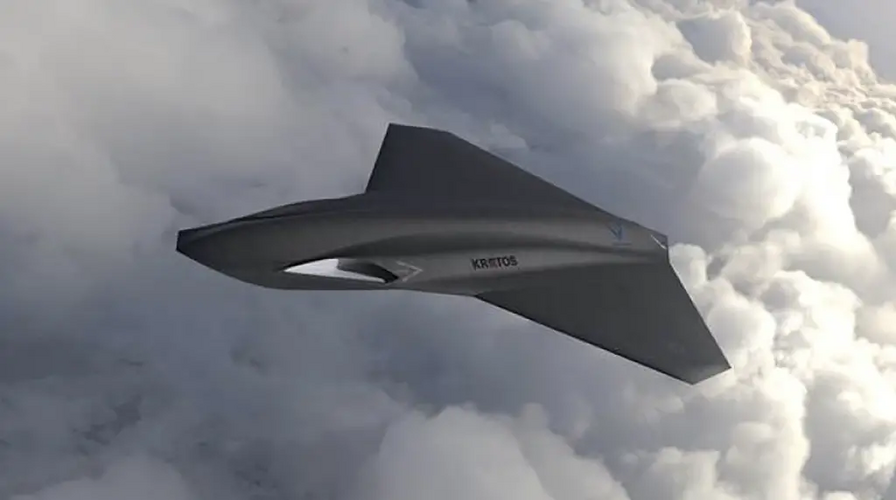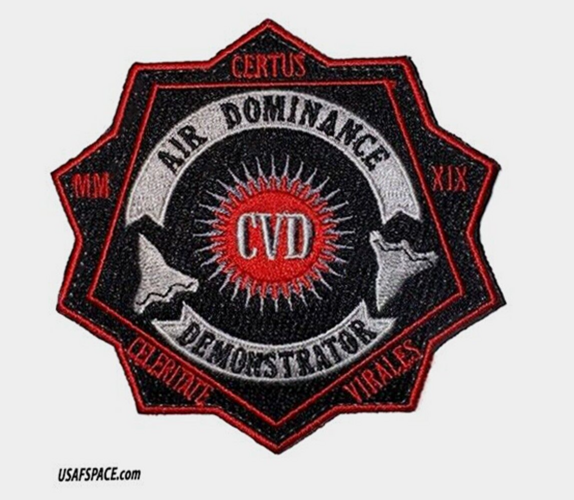F-35As are down to about 80mil each, I'd bet you could get the NGAD for under 150mil.
I think the limiting factors are production rate and pilot quantity even more than price. If you want another hundred or two aircraft per year to become available, you are not getting there this decade with the F-35 no matter how much you invest in the line, subcontractors, and training. CCA will be a much faster build using an off the shelf commercial engine. It also removes pilot training and likely a lot of maintenance - use them for training, and when they get to “high” hours on the airframe (probably an order of magnitude less hours than a manned a/c) just box it up and pre position it to the Pacific as an expendable. Rinse repeat until you have a large forward based force in theater.










